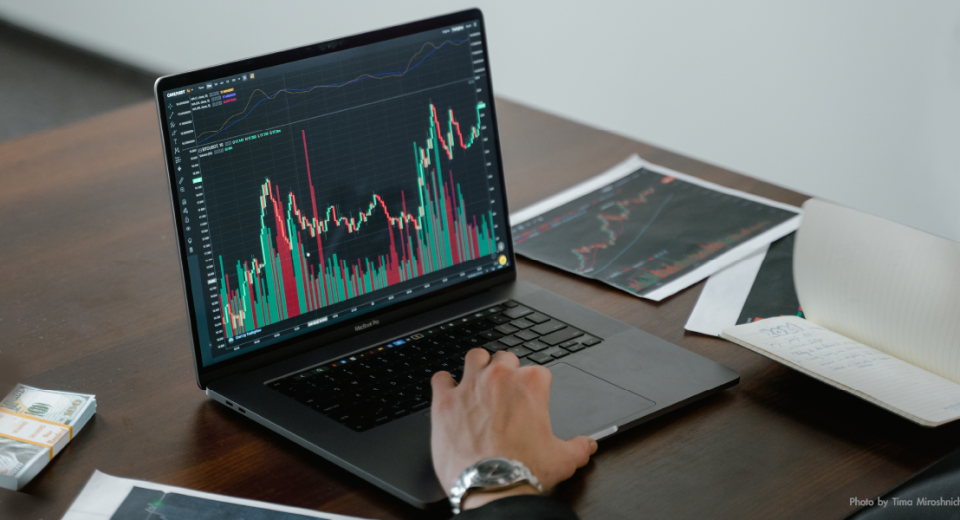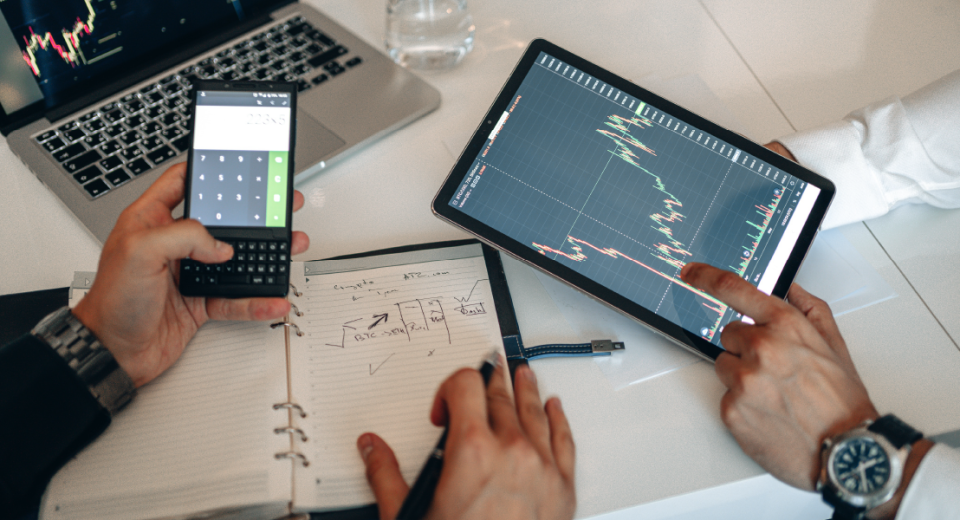What is Forex Arbitrage?

Forex trading generally involves predicting the direction in which the market is likely to move, with the aim of taking fruitful positions. But there is one other way to seek profit from the market without the need to correctly predict a currency pair’s movement. This strategy is known as forex arbitrage. The concept was formalised by the economists Alexander and Sharpe in the 1990s.
Forex arbitrage is the act of simultaneously buying and selling currency in two different markets. Arbitrage, by definition, is a type of trade that helps create potential for profit by exploiting price differences between similar financial instruments in different markets or in different forms.
If you start practicing arbitrage, you would be called an “arbitrageur.” Your main aim would be to purchase cheaper assets and, at the same time, sell expensive assets, thereby earning a profit on the price different and without any net cash flow. Theoretically, if there is no cash flow, there should be no risk. But in actual practice, an attempt at forex arbitrage includes both cash flow and risk.
Arbitrageurs buy currency pairs so that they can exploit short-term price differences. One thing that makes it hard to find price differences is that prices usually move towards equilibrium across markets. Nevertheless, forex arbitrage can be a useful trading technique, if done right.
Types of Forex Arbitrage
Forex arbitrage can be undertaken as follows. One trader wants to sell a currency at a lower price than another trader who wishes to buy the same currency. Here, profit can be generated by buying the currency from a seller at a lower price and selling it to the buyer at a higher price. However, there is always a risk of the currency price changing or getting a re-quote before the entire transaction is completed.
Forex arbitrage is classified into a number of types, such as:
- Cross-currency transaction: Here, a pair of currencies that do not include the US dollar are traded. Usually, these pairs involve the Japanese Yen as one of the two currencies. Traders look to exploit the price difference between the currency pairs or in cross rates of different currency pairs.
- Currency arbitrage: Here, an alert trader would want to take advantage of the price difference between spreads offered by brokers in order to bring maximum benefit.
- Covered interest rate arbitrages: This involves the use of beneficial interest rate differentials so that investment can be done in a high yielding currency. Then, the exchange risk is hedged by a forward currency contract.
- Uncovered interest rate arbitrage: This is the process of changing a domestic currency with a lower rate to a foreign currency that offers higher interest rates on deposits.
- Spot future arbitrage: Here, one takes a position in a particular currency in the futures and spot markets. For instance, you can buy a currency on the spot market and sell it in the futures market, if you see a profitable pricing discrepancy.
What is Triangular Arbitrage?
In triangular arbitrage, trading occurs across three or more different currencies. This is done to improve the potential for profit that can otherwise be reduced due to market inefficiencies. In this strategy, traders analyse market conditions to see if a particular currency has a higher value compared to another, but lower value as compared to a third currency.
On example of a triangular arbitrage setup is to trade in three pairs, such as EUR/JPY, EUR/USD and USD/JPY. In this case, if the euro is of lower value than the yen and of higher value than the dollar, you can use dollars to buy yen and yen to buy euros at the same time. Then, you can convert the euros into dollars to gain profit.
Problems in Forex Arbitrage
The “Efficient Markets Hypothesis,” developed by economist Eugene Fama in the 1960s, sheds light on one of the major issues associated with forex arbitrage. The hypothesis states that markets, as well as active participants in the market, could process all the information about the asset values efficiently and quickly, such that there will be little or no scope for price discrepancies across markets. Also, the markets could move very quickly towards equilibrium.
Due to this tendency of prices moving toward equilibrium in all markets at all times, you could face a problem in finding any loopholes or opportunities to exploit price differences. To quote Milton Friedman, the renowned economist, “There’s no such thing as a free lunch.”
Another problem is the occurrence of discounts or premiums. This may originate due to market liquidity differences and is not an opportunity to engage in arbitrage trades. It also makes it more difficult to execute trades or to close positions.
Mostly, forex arbitrage involves borrowing or lending at near-risk-free rates, which is normally available for large financial institutions. Additional risk factors include spreads and margin cost overheads.
How Technology has Affected Forex Arbitrage
Since forex arbitrage requires rapid execution, online trading platforms have come up with real time management solutions. Complex trading calculations can now be done easily, through automated trading software. This has given greater control over the operations to traders and has helped in improving arbitrage trade performance.
The downside of technology cannot be ignored though. Due to the universal use of electronic trading, the time for forex arbitrage trades has shortened significantly. This is mainly due to the high frequency trading facility provided by efficient algorithms and specialised computer networks. Earlier, price discrepancies would continue for several seconds, but now they change in a second or even less, before reaching equilibrium.
Despite the volatile nature of the markets, errors in quotation of prices and staleness can still help provide opportunities for arbitrage.




